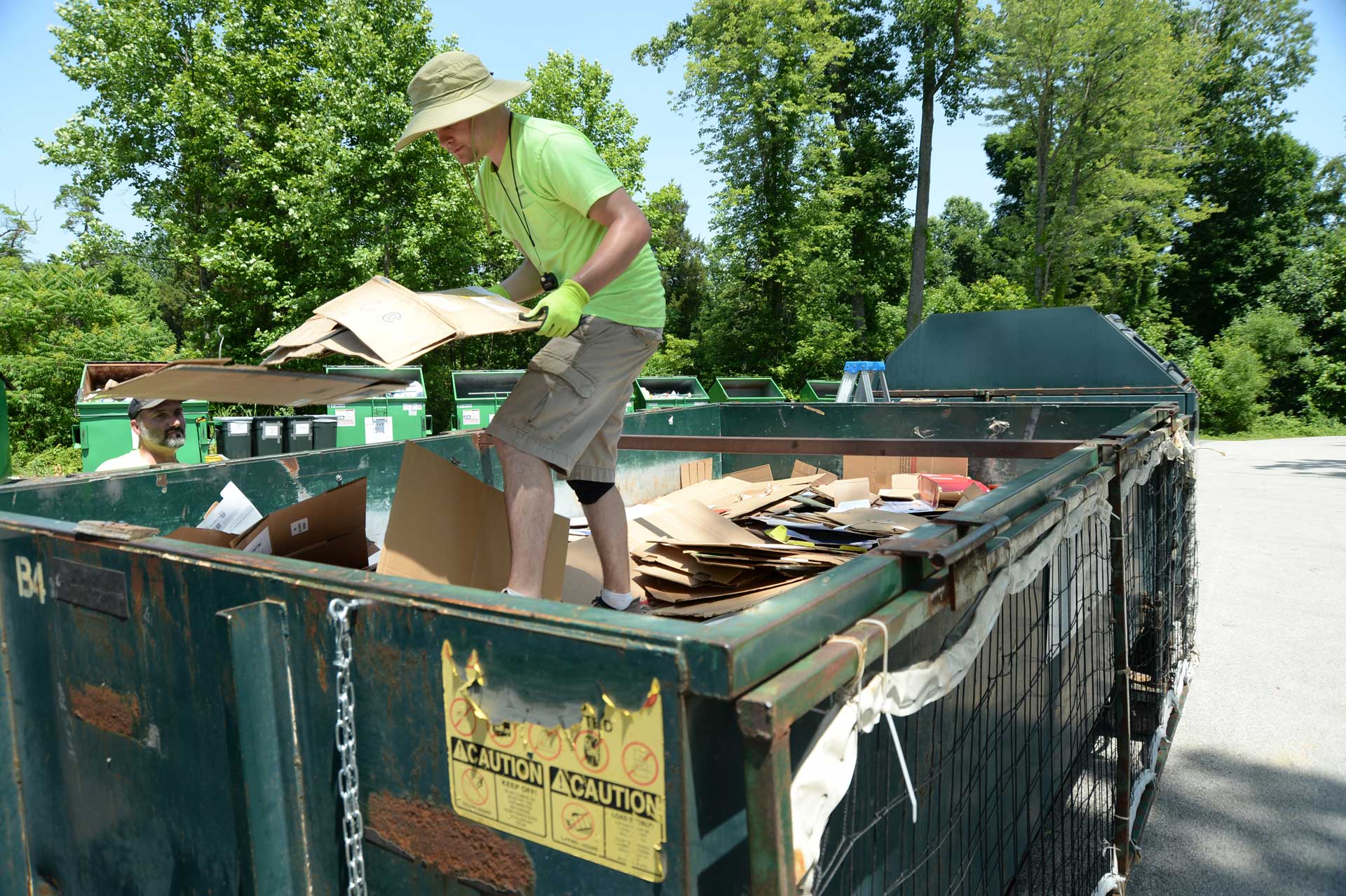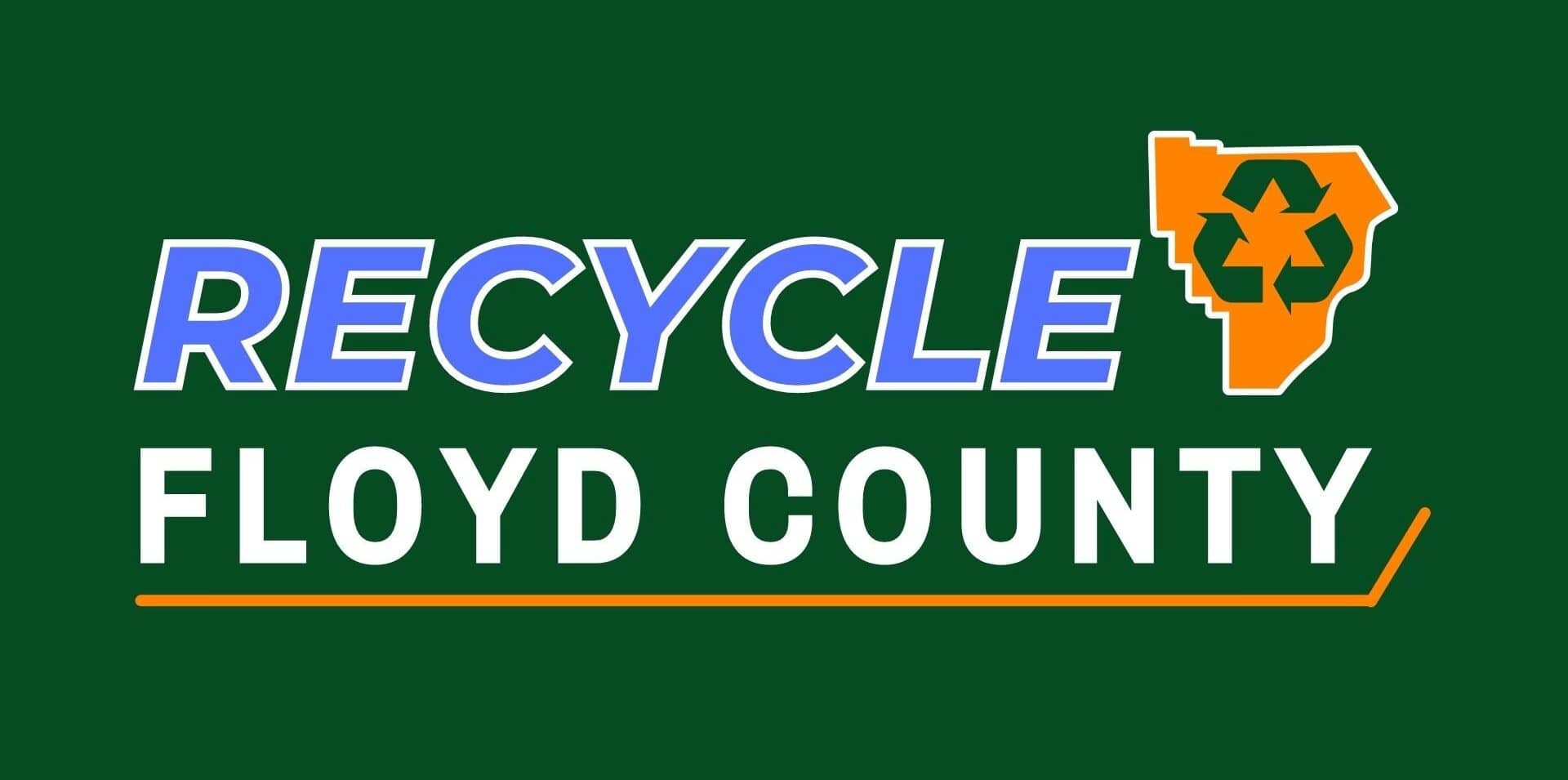Benefits of Recycling
- With current supply chain issues limiting the availability of certain raw material, recycling is more important than ever.
- Recycling reduces the amount of waste sent to our local landfills and incinerators.
- Recycling produces lower carbon emissions which can reduce global warming.
- Recycling stimulates the economy, creating new jobs in recycling and manufacturing industries.
- Recycling prevents pollution, reducing the need to collect new raw materials, leading to fewer forest cut down and rivers diverted.
- Recycling reduces the amount of waste that would impact our ecosystem and our food chain.
- Recycling saves energy. When you recycle aluminum cans, you can save 95% of the energy required to produce those raw materials.
- Recycling paper and wood saves trees and rainforests.
- Recycling plastic means creating less new plastic from fossil fuel hydrocarbons.
- Recycling metals mean less need for hazardous extractions of new metals from the earth.
- Recycling glass reduces the need to use new raw materials such as sand that are slowly starting to decline around the world.

Save energy
When you recycle aluminum cans, you can save 95% of the energy required to produce those raw materials.

Why do you recycle?
Why We Need to Recycle
tons would need to be recycled to reach Indiana’s 50% recycling goal
tons of waste received at the Clark-Floyd landfill per day
tons of waste in Indiana
Myths & Misconceptions
There are many misunderstandings and myths around recycling. Here are some of the most common misconceptions.
Materials can only be recycled once.
While it is true for some plastic, many other materials can be recycled repeatedly.
Products made from recycled materials are inferior.
Technology has adapted to allow high quality products to be manufactured from recycled materials.
Recyclables end up in the trash.
This is an urban legend. There is little evidence to suggest that a local garbage collection service is simply throwing away your sorted recyclables.
Most of your recycling doesn’t get recycled.
Most recycling facilities are able to sell 90% of what they receive.
Products that contain more than one type of material cannot be recycled.
At one point in time that was true, but today’s more advanced equipment and technologies can accept more mixed-material items.
Waste thrown in a landfill will decompose.
Little oxygen and moisture flows through the design of a landfill — two ingredients that are crucial for decomposition. Landfills were built to bury trash, not break it down.
Statistics
When we recycle one ton of paper, we prevent 60 pounds of air pollution.
Floyd County only contributed 786 tons of recyclables in 2020, while our neighbor Clark County was able to produce 26,395 tons. We can do better!
Indiana’s recycling rate is 19.1%, while the national average is 35%. Indiana’s low recycling rate leads to the creation of 2.35 tons of new landfill waste per person every year. We can do better!
Indiana recycling increased slightly from 18.6% in 2019 to 19.1% 2020.
The recycling rate reached a high of only 20% between the years of 2015-2020.
Clark-Floyd landfills receive approximately 1,200 tons of waste every day.
In 2020, Indiana disposed of 6,212,494 tons of waste through in-state landfills and an additional 482,561 tons in out-of-state landfills.
Indiana’s produces 8,882,318 tons of waste from landfills, energy, recycling, composting, E-waste.
The United States makes up 4% of the world population but is the number 1 producer of garbage.
